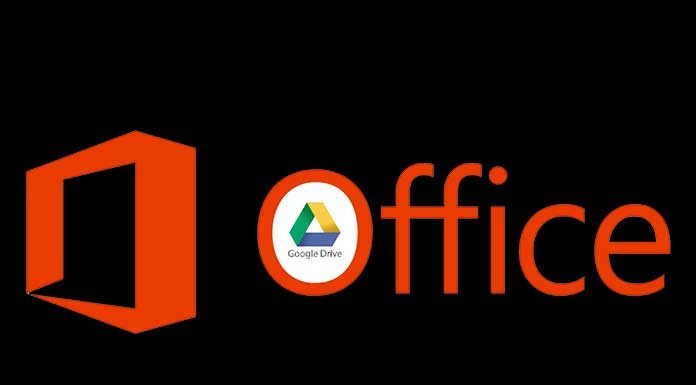Google will soon withdraw its useful Drive plugin for Office: what alternatives exist to continue accessing files stored on the cloud from the Microsoft Office suite? When working as a team on the same files, whether documents, spreadsheets, presentations, etc., many turn to Google Drive. Those who work with Microsoft Office or other office suites such as LibreOffice often need to access files saved on the main cloud storage services.
Windows is hand-in-hand with OneDrive, and users can access the account content from any Open and Save As window: OneDrive, and access documents from anywhere and with any device. In the case of Google Drive, the question becomes more complex because until recently, the Mountain View company made available the practical Drive for Office plugin, which allowed you to add a Google Drive item to the Open menu of the various Office suite programs.
This plugin will no longer be supported starting from 26 June 2019, and from today the only solution to access files saved on Google Drive from Office and other Office suites is to locally install the free Backup and Synchronization program downloadable from this page or the more recent Drive File Stream, still from the same page, the use of which is however reserved only for professional users with a G Suite account.
As explained in the article Backup online with the new Google software, the backup and Synchronization program allows you to act as a bridge between the local system and Google’s cloud servers: Similar to what the OneDrive client does, all the changes that will be applied on Local files will also be made to the cloud and vice versa. The only problem is that Microsoft Office files (Word, Excel, PowerPoint,…) cannot be edited directly through the Google Drive web interface ( at this address, for example), and from the web, they can only be viewed as ‘content previews.
For example, editing a Word document must be automatically converted into the format supported by Google Docs. Conversely, the Google online suite files cannot be directly modified with Office because they will appear as simple pointers to the editable file from the web in the Backup and Synchronization folder. In the image, you can see how the documents of the Google suite appear with the .gdoc extension. Furthermore, the content of these files shows the address and some identifiers to open the document via a web browser.
In any case, once the Google Backup and Synchronization application has been installed, it will be possible to access the contents of your Drive account from Word, Excel, PowerPoint, and any other Windows program with the possibility – after completing the initial synchronization procedure – directly open and edit files (excluding those saved in Google format). If you do not want to upload the data stored on your devices online, deactivate all the boxes in the My Computer box when configuring Backup and Synchronization.
In this way, the program will only download the files currently stored on the Google account without proceeding with any uploads. By default, file synchronization is based on the %userprofile%\Google Drive folder (try typing the path in the dialog that appears by pressing Windows+R or any Open/Save As window ). In the left column, within the Open/Save As windows, a reference to Google Drive will still appear, a pointer to the %userprofile%\Google Drive folder .
If you want to move the folder for backup and file synchronization, click on the Google application icon in the Windows tray bar, select the three dots in the column, and choose Exit Backup and Synchronization. From a file explorer window, go to the the%userprofile% folder, then drag the Google Drive subfolder to the destination unit while holding the right mouse button. Finally, you will have to select Move here.
Restarting the Google Backup and Sync program will “get angry” by showing the message A synchronized folder is missing. By clicking Find, you must indicate the path corresponding to the folder where the Google Drive files have been moved, then click Confirm. Alternatively, especially if you use different cloud services to save and share your files, you can use tools such as CloudMounter (see Access Google Drive, OneDrive, and Dropbox from PC ), which configure the various storage services as local drives.
Also Read: Protect Files On Google Drive, OneDrive, And Dropbox With Encryption

